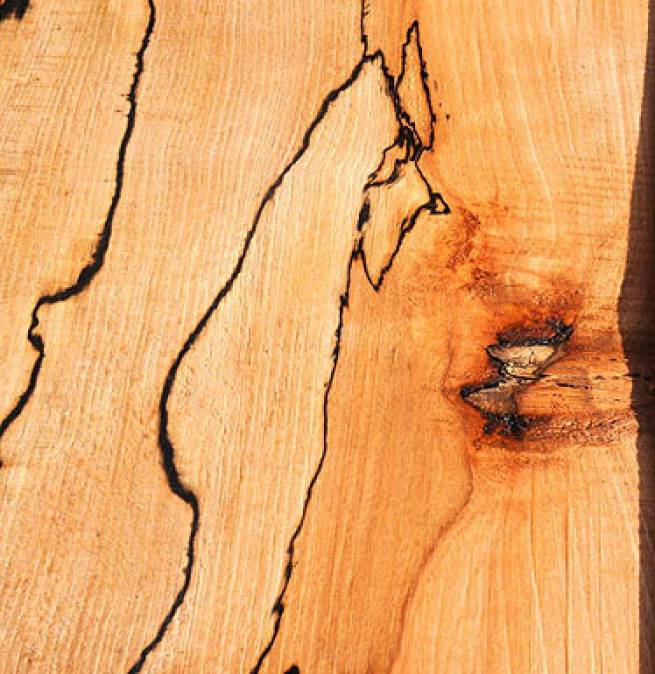Textile Industry

Construction of Ahwaz Isideh Mosque
تیر ۲۰, ۱۳۹۷
Wood Types
تیر ۲۰, ۱۳۹۷The textile industry is considered to be the oldest human industry, because the need for clothing and clothing after the need for food and housing is one of the basic needs of humans. Signs of knitting and textile related to the Paleolithic era. Weak signs have been found in Morawi. Certain signs of knitting have been found in the Neolithic period in Switzerland.
“About five thousand years ago, the Iranian Cape Plateau, due to climate change and the formation of fields and grasslands, began to turn into plains and began a new life, and in their civilization more advanced than before Was seen. The oldest people in the plain, people of Sialk, were near Kashan, where they acquired their works of life there. ….. Because at this place some dug stones and glints have been gleaned, people are thought to be familiar with the textile industry at that time.
The textile industry involves all phases of fiber production, fiber-to-yarn conversion, yarn-to-fabric conversion, and also includes complementary processes on fabric such as dyeing and printing. Although the textile industry was only limited to the production of yarns at first, but over time, all kinds of clothing were included. The industry is flourishing in different countries of the world, and is considered the largest industry in Iran after the oil industry.
At first, the discovery of flax was the backbone of human beings, and for a long time linen was the most uncompromising means of clothing.
If, in the old theatrical houses, we were conceived of the ancestors of our ancestors, in which consecutive generations brought together two or more denim linen with an undeniable linen cloth.
We find the theory of the linen fabrics of the past.
Wool is almost as old as cotton, however, the woolen cloth made from Merino sheep is only common in the late eighteenth century, first in France and then in England. At that time, the use of cotton fabrics was common in all of Europe, and from the beginning of the seventeenth century cotton cultivation was commonplace in North America.
In addition to linen, cotton and wool, we should also add silk to this list. Certainly silk fabrics were not used for general use, and everyone could not use it.
With all its economic and social significance, the weaving industry still remained alive in the same way as the medieval method, and no changes were made. Spinning was done with the help of a spindle or a simple wheel. And it was even traditional to do it girls in their own homes. When we got the yarn, weaving was done by the textile machinery of our era before the date.
The only correction made from the pious gemstone on this device was the use of Maku, which was invented by Leonardo da Vinci about 1490.
Usually the cotton yarn is screwed up on a coil and it locks the shaft inside the machine. When the threaded threads separated, the Maku knitting was driven into the groove made in this way, and on the other hand it And then the warp threads were separated from each other and once again imported the magnifying glass into the new groove, and this was repeatedly repeated. It must be admitted that the workers found the craftsmanship and extraordinary skill in this work, because every worker, with his primitive textile mill, sewed seven fabric balls each year and now
The factories of the tub produced about one thousand two hundred balls at the same time, which of course was the most privileged type.
But this skill and skill depended only on the ability of people.







